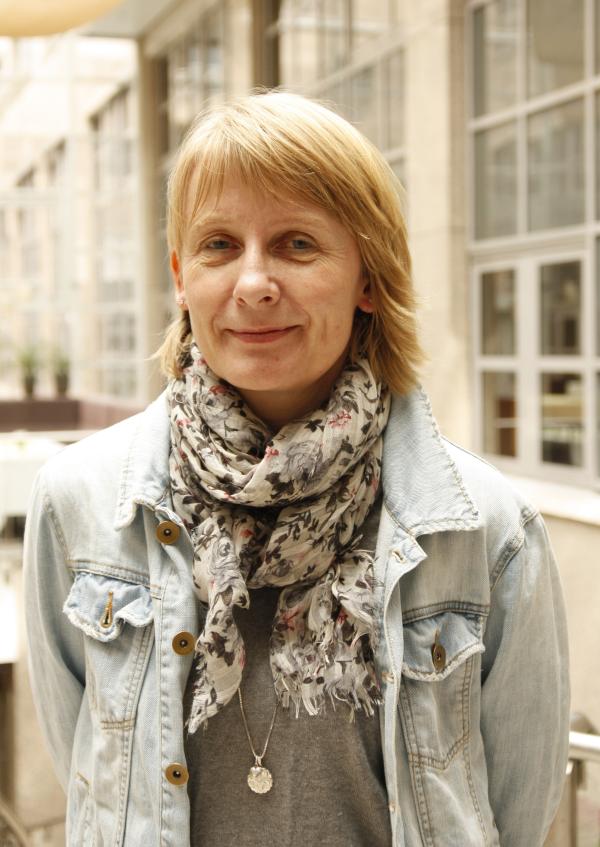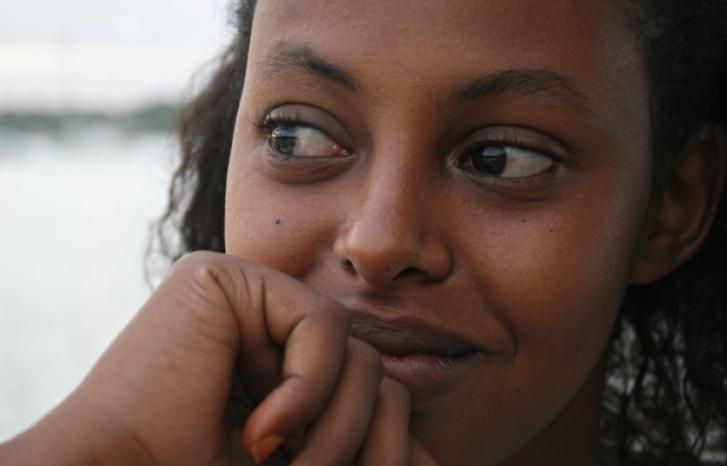The story about Nadia, who was abducted to Morocco by her parents, caused much debate and publicity in Norway in 1997. It led to the first plan of action against forced marriage in 1998. A TV2 documentary in 2000 resulted in immediate measures and the first plan of action against female genital mutilation (FGM) the same year.
“In terms of forced marriage there was much focus on individual cases whereas in terms of female genital mutilation the act itself was most shocking. The emotions and the involvement become very intense in such cases,” says researcher at Fafo Beret Bråten.
“It is of course legitimate that media attention results in political action. But when we are faced with something we hardly know anything about, which was the case in Norway when these issues was put on the agenda in the 1990s, research is particularly important as it may contribute to enhance our knowledge. This was also brought up in White papers in the 1980s and 1990s.”
Making decisions without knowledge
Norwegian authorities have taken measures in order to prevent forced marriage and FGM for two decades now. In a newly published report from Fafo, Beret Bråten and Olav Elgvin have examined previous research on forced marriage and FGM in a Norwegian context.
The authors have also looked at the previous politics on the field and on whether the politics have taken the existent research into account when measures have been initiated.
“Both in terms of FGM and forced marriage, there is a general lack of research. This may be the case in several other political issues as well, but the fact that those who make these decisions have little or no personal experience with FGM or forced marriage makes it particularly problematic.”
“This is a field in which the majority makes decisions on behalf of minority groups regarding issues that they know very little about and where they have no own experiences. Hence, research is particularly important in these cases,” says Bråten.
FGM-politics not based on knowledge
The researchers found that the political measures were to a little degree based on knowledge, especially when it came to female genital mutilation.

The first plan of action, which appeared in 2000, emphasised dialogue and knowledge as measures against FGM. Evaluations in 2005 showed that these measures had a positive effect. Nevertheless, they were not continued.
The next plan of action appeared in 2008 and was also a result of media debates. This time there was emphasis on deterrence and prevention. Only one week following a news story from Somaliland which was broadcasted on the Norwegian public service broadcaster NRK in the summer of 2007, the government initiated immediate measures. Among them were more attention to the issue in the Child Welfare Service and in schools as well as giving the police enhanced legal authority to confiscate passports on suspicion that a family tried to leave the country in order to have their child circumcised.
“The political measures were motivated by the presumption that this was something which was going on large-scale and which was difficult to eradicate,” says Bråten.
Yet on-going research at the time indicated that attitudes towards female genital mutilation were changing as immigrants from places with this tradition came to Norway. Experiences from the support system also showed few cases in which children born in Norway were mutilated.
“Neither the support system, the public, nor the researchers had much knowledge about its extent in Norway. Consequently the politics and the measures come about as a result of suspicions and the presumption that there was a large number of unrecorded cases.
During the last decade Norwegian authorities have spent more than 72 million kroner (12 million USD) trying to fight FGM in Norway.
See also: 30 years of failed campaigns against FGM
A "forgotten" issue today?
No similar studies have been carried out since; thus there is little knowledge about the situation today. But both Bråten and Elgvin claim that the health personnel are better equipped today in their encounter with circumcised women as a result of various measures taken by the health system since the 2000s.
Since 2008 there has been little public debate concerning FGM. When new plans of action appeared in 2012 and 2013, female genital mutilation and forced marriage were merged together as one priority area.
No new measures against FGM are suggested in the latest plan of action. However, previous measures are continued.
More documentation on forced marriage
There are far more documented cases of forced marriage than of female genital mutilation in Norway.
Research on forced marriage began in 1998 and since then the sociologist Anja Bredal has been the most prominent researcher on the field in Norway.
“We know more about forced marriage due to the research. We don’t possess the same in-depth knowledge about female genital mutilation. This is probably significant for the different political development in the two fields,” says Bråten.
Political measures against forced marriage have by and large taken the researchers’ recommendations into account. Prevention and relief measures for young people have been important. Moreover, Norwegian legislation declares that forced marriage is illegal and that a marriage needs the consent of both parts in order to be valid.
“The research has focused on the young people’s situation and their need for help. But we lack knowledge about how the young people perceive the various measures which have been initiated in Norway. The user perspective has often been absent when the measures have been evaluated,” says Bråten.
Furthermore, research on the field has first and foremost understood forced marriage as a cultural issue. It is all about authoritarian family relations and codes of honour which links the entire family’s honour to the women’s sexual innocence.
“We know less about other possible motives for forced marriages such as money and property. And we know little about the parents’ perspectives concerning arranged marriage traditions and pressure to marry. Hence we do not know enough about why some parents use force and control in these cases and some don’t.”
“These are knowledge gaps which the researchers have emphasised themselves,” says Bråten.
See also: Patriarchal violence or uncontrolled immigration?
Lack of an overall plan of action
Since 2002, several researchers have continually recommended through their evaluations that the work against forced marriage should form part of the general work against domestic violence. These recommendations have not been taken into account in the political measures.
“Forced marriage is still treated as part of the politics on integration and not as part of the politics on gender equality and anti-violence. Connecting the two would benefit both. Thus several researchers have recommended that these issues are all included in one common plan of action and that forced marriage should be recognised as part of the Norwegian picture,” says Bråten.
“Why haven’t this and many of the other recommendations been taken into account?”
“Our survey has not given a precise answer to that. It would require a thorough policy analysis. However, we’re hoping that the knowledge gaps which have been pointed out in our survey will be followed up,” says Bråten.
Most of the research projects on forced marriage and female genital mutilation have been commissioned by the authorities. Thus the research questions have to a large extent been made out already.
“Apart from the commissioned research projects relatively little research have appeared on the field,” says Bråten.
“Whose responsibility is this – the researchers’ or the politicians’? Or is it a result of researchers not being given the required funding in order to carry out the necessary research on the field?”
“That is a good question. Much of the research which is relevant to politics is carried out by research institutes which primarily perform commissioned research, and this is a field on which the authorities have demanded much research. At the same time, any researcher may freely apply for funding which enables her or him to investigate their own research questions and hypothesis. And some researchers have done this as well.”
Translated by Cathinka Dahl Hambro.
The report Forskningsbasert politikk? En gjennomgang av forskningen på tvangsekteskap, kjønnslemlestelse og alvorlige begrensninger av unges frihet, og av de politiske tiltakene på feltet (“Research-based politics? A survey of existent research on forced marriages, female genital mutilation, and serious limitations of young people’s freedom, and the political measures on the field”) was commissioned by The Directorate of Integration and Diversity (IMDi).
The report was carried out by the Fafo researchers Beret Bråten and Olav Elgvin.
The report was launched on May 28 2014.



